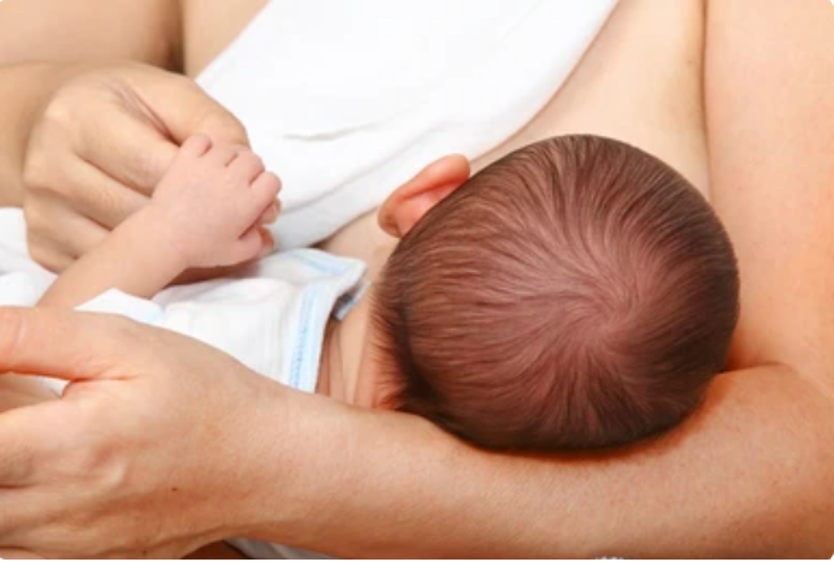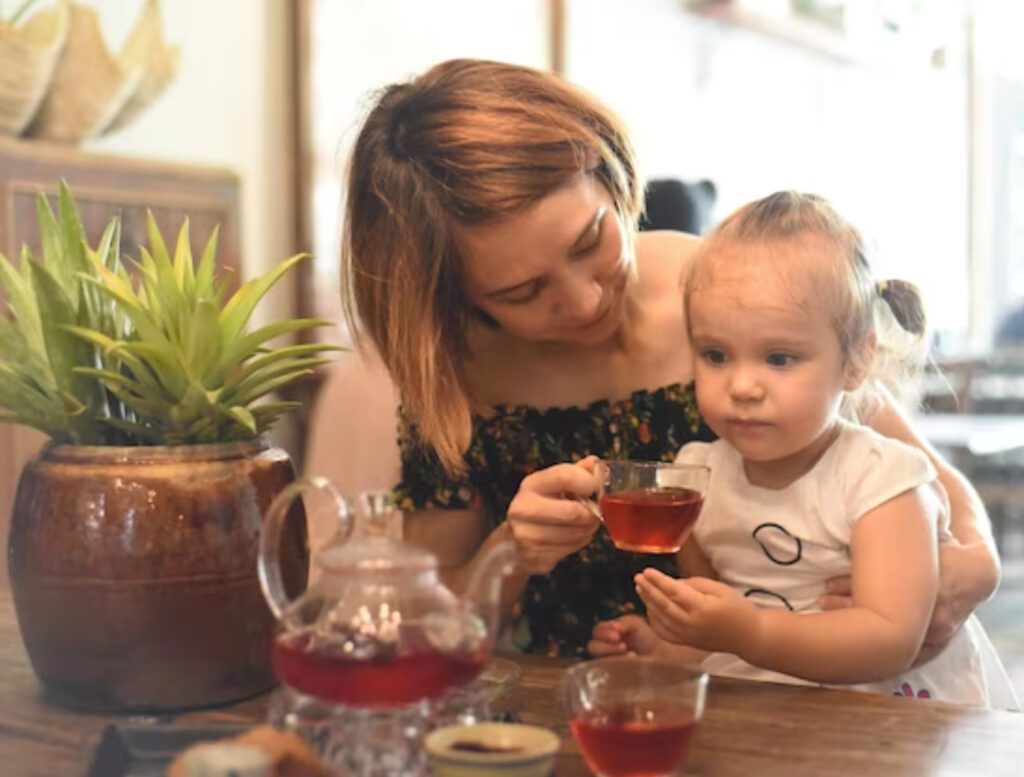According to a leading dietician’s advice, rooibos can be of benefit to infants, but not as a milk substitute – and not too soon after birth, as it may lead to malnutrition.
Stunting is the most common manifestation of malnutrition in South Africa and affects more than a quarter (27%) of children under the age of five. Contributing to this problem is taking babies off breast milk too early and replacing it with either (non-nutritive) alternatives, such as diluted milk formulas, creamers, condensed milk, flour and sugar water or tea, including rooibos.
Clinical dietician, Amanda Kuit, says good nutrition is the foundation for a healthy future.
“Adequate nutrition during infancy and early childhood is essential for healthy growth and development. Conversely, inadequate feeding practices leads to major health issues and high infant mortality rates. Global malnutrition is responsible for 60% of the 10.9 million deaths annually among children under five. Well over two-thirds of these deaths, which are often associated with inappropriate feeding practices, occur during the first year of life.”
Among the important messages this National Nutrition Week (9-15 October), is when and how to safely introduce milk substitutes into a baby’s diet in an effort to reduce stunting and infant death in the country.
Kuit says some mothers substitute milk feeds with rooibos often within weeks of giving birth, which is ill-advised.
“While rooibos has many health benefits, it cannot replace breastmilk, formula milk or any other macro-nutrient rich foods since the tisane has no nutritional value. Water and rooibos lack protein, carbohydrates and fat that are all vital to a baby’s growth.
“If possible, mothers should exclusively breastfeed their babies for the first six months and no other food or liquids should be given to the infant during that period, which includes water. For infants who cannot receive breast milk, an infant formula may be given, without any other complimentary foods until the age of 6 months. Thereafter, other liquids like water and rooibos (without sugar, honey, or any other sweeteners) can gradually be introduced, along with food.

“Mothers and caregivers should keep in mind that infants are particularly vulnerable during the transition period when complementary feeding begins.”
Complementary foods must be the following to guarantee that the infant’s nutritional requirements are met:
- Timely, which refers to their introduction at the age of 6 months, when the infant’s requirement for energy and nutrients exceeds what can be met by regular, exclusive breastfeeding or formula milk feeds.
- Safe, hygienically stored, prepared and fed with clean hands using clean utensils; enough in that they give enough energy, protein, carbs, fat, and micronutrients to meet a growing child’s nutritional needs and prevent stunting.
She says unsweetened and unflavoured rooibos without milk can help with soothing digestive issues – not only in babies and toddlers, but in people of all ages. It is also a great way to hydrate, especially for breastfeeding mothers.
“Given the known high polyphenol content of rooibos, the tisane may potentially exert a pre-biotic effect in the gut to improve chronic inflammatory gastrointestinal concerns,” mentions Kuit. “Traditionally, among many other uses, rooibos is consumed to aid digestive problems, such as stomach cramps and nervous tension. Anecdotal evidence suggests that rooibos can alleviate colic, while it is not indicated for babies before the age of 6 months.”
Breastfeeding mothers can also drink Rooibos as a source of pre-biotic for the infant, while also changing their diet to help treat colic. “Breastfed infants with colic have significant reductions in crying time if the mother is placed on a hypoallergenic diet, where dairy, eggs, nuts, wheat, soy and fish are eliminated, and rooibos is introduced.”

She says the polyphenol antioxidants in rooibos are potent enough to measurably elevate the antioxidant levels in breastmilk, thereby boosting the infant’s internal defence systems against colic or digestive problems.
“Mothers can drink 500 ml of green rooibos and the effect of the polyphenol antioxidants will peak about one hour after consumption.
“Red (fermented) and green (unfermented) rooibos are available in plain, flavoured, and blended form with green rooibos having slightly higher levels of antioxidants than the traditional red version. The fact that rooibos is low in tannins, and caffeine-free, make it a much healthier alternative to soft drinks and fruit juice, provided it is served without sugar, honey, or other sweeteners.
“Both soft drinks and 100% fruit juice may contain as much as 20 to 26 grams of sugar per 250 ml. Research consistently shows a link between high sugar intake and a higher risk of being overweight and other illnesses, such as type 2 diabetes, metabolic syndrome, high blood pressure and heart disease,” remarks Kuit.
Strong, unflavoured rooibos (plain, without anything added to it) in baby’s bathwater can also help soothe dry and irritated skin conditions, such as eczema, nappy rash and cradle cap.
Rooibos also contains allergy-fighting antioxidants like quercetin, which means it works as a natural antihistamine. Equally, the anti-inflammatory antioxidants in rooibos can assist with baby’s teething discomforts.
According to Kuit, rooibos can be given to babies 6 months and older as a cold or hot drink. Alternatively, it can be given to babies as an unsweetened ice lolly to soothe inflamed gums while teething.
For more information on how rooibos can be of benefit to both mothers and children, take a look at our article ‘Rooibos: Health In A Cup’.

